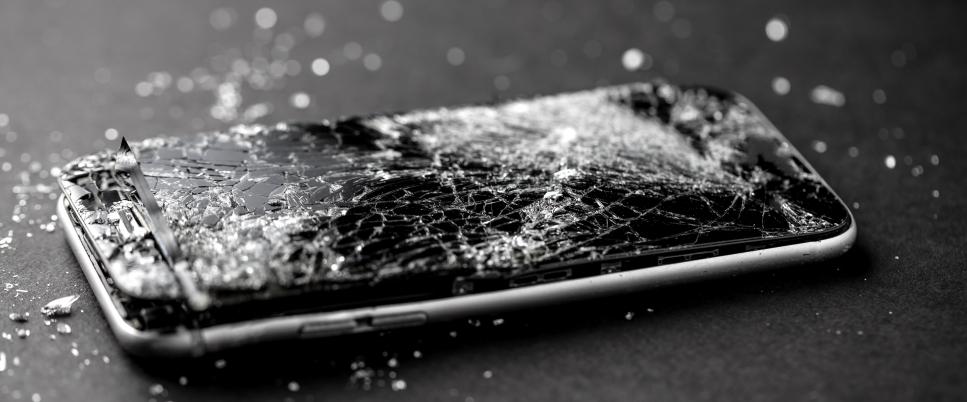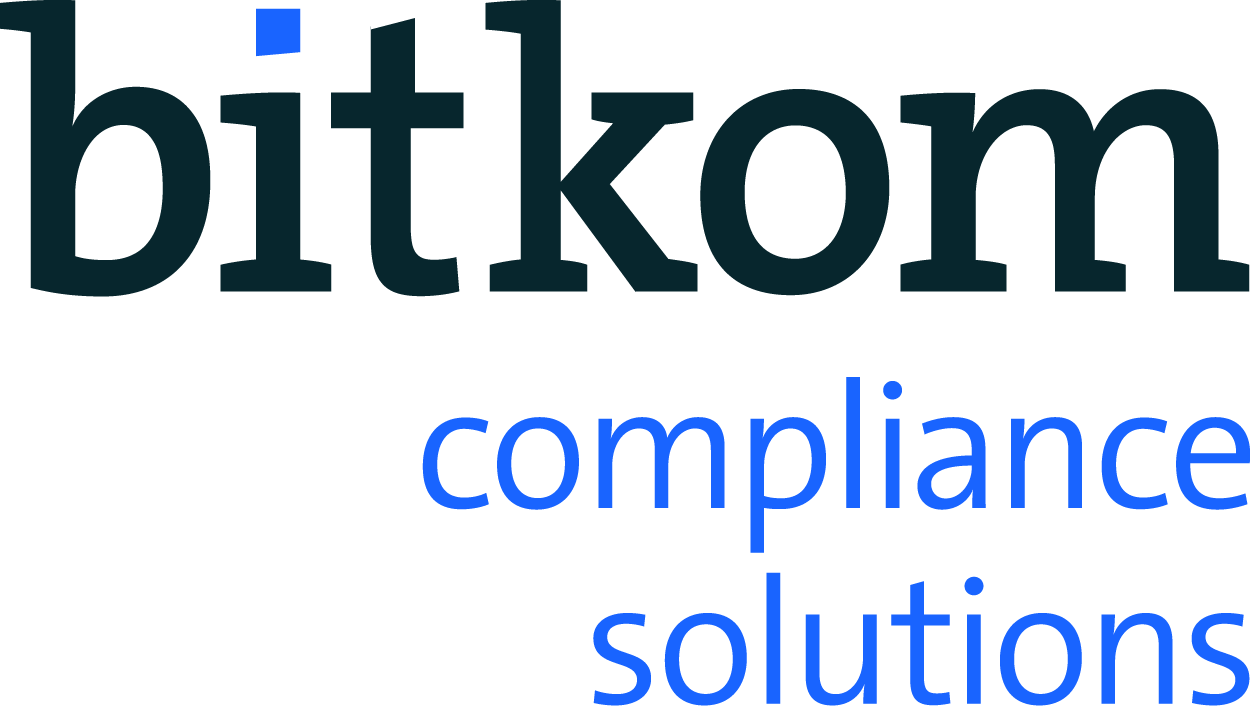
E-Waste-Day 2020: Tips on how to dispose smartphones properly
Whether it's discarded smartphones, laptops or old televisions: old electrical devices are often stored in drawers, basements and attics or are incorrectly disposed. Germany urgently needs to increase the ratio of collected and recycled old appliances: The EU has set a target of 65 percent – currently only around 45 percent is achieved.
Consumers often don't know how and where they can dispose of old appliances properly and delete their data safely from their devices. Nor do all companies know what they have to take into account when disposing of old equipment properly.
For the international E-Waste Day 2020 on October 14 the digital association Bitkom has compiled figures and tips for the proper disposal of electronic waste in Germany:
- Discarded electrical equipment can be disposed of at local recycling centers. All major manufacturers and retailers also take back electronic waste. The German Electrical and Electronic Equipment Act (ElektroG) also obliges distributors and online retailers with a store or storage area of more than 400 square meters to take back old appliances. If the edge length of the old appliance is less than 25 centimeters, retailers must take it back even if the consumer does not buy a new appliance.
- Many Germans find it particularly difficult to get rid of their smartphones: one in five Germans (21 percent) keeps their old devices. Well over 100 million discarded cell phones and smartphones are slumbering in drawers and cupboards, and the trend is rising. According to a Bitkom study, 58 percent of smartphone users say they always buy the latest model. The devices that are currently in use are correspondingly young: Every second person (51 percent) has bought their smartphone within the last twelve months.
It is important that discarded cell phones and smartphones should never be disposed in household waste. Functional devices should be donated, resold or returned to the manufacturer to protect the environment. Defective devices must be disposed of professionally.
- Before disposal: Back up your data. Before passing on or returning discarded cell phones, tablets and laptops, users should delete private data such as their address book, user profiles from social networks, online banking access or even photos and video clips. Important: Do not forget the SIM card and, if necessary, the SD card.
- Often it is also worthwhile to have a repair done: In addition to the legal warranty, most manufacturers of electronic products such as smartphones, tablets or laptops offer a voluntary warranty. There is also a wide range of repair options, such as online technical support, on-site repair, centralized repair at the manufacturer's premises (sending in defective devices) or certified repair centers. Typical processing times are 1 to 5 business days for smartphones, 3 to 12 business days for tablets and 5 to 10 business days for laptops.
- Focus battery: Lithium-ion batteries are built into a variety of everyday devices and smartphones. If, due to carelessness or lack of knowledge, they end up in the household waste, they can be damaged and become dangerous fire triggers. Tip: Do not use defective, damaged, deformed or inflated batteries and accumulators. Used batteries and rechargeable batteries are not disposed of in the household waste, but in the collection boxes in stores or at municipal collection points such as recycling centers.
- Manufacturers and distributers of electrical equipment are obliged to comply with various laws to implement the WEEE Directive (WEEE = Waste of Electrical and Electronic Equipment). This also regulates the return and disposal of old electrical equipment and its financing. The weee-full-service supports companies in meeting these obligations with Europe-wide compliance solutions for electrical equipment, batteries and packaging. You can find an overview of all our services here.
